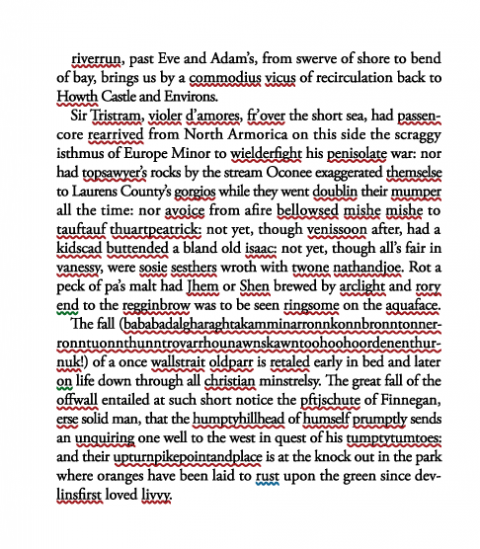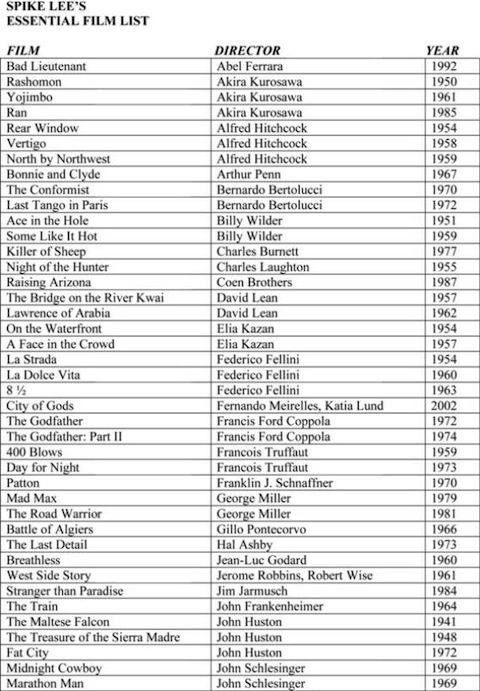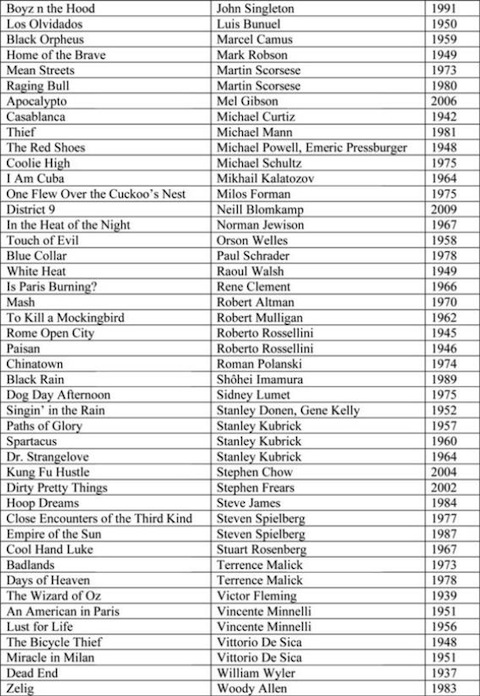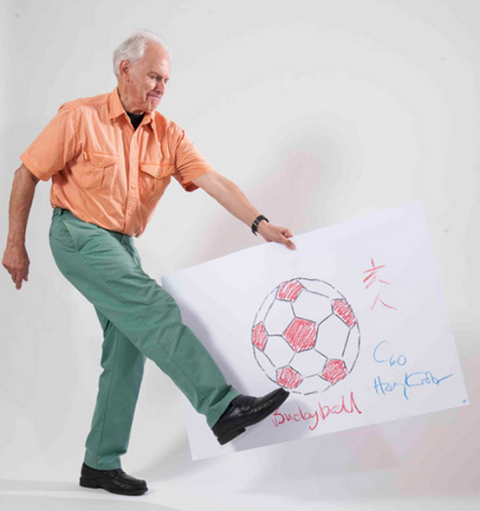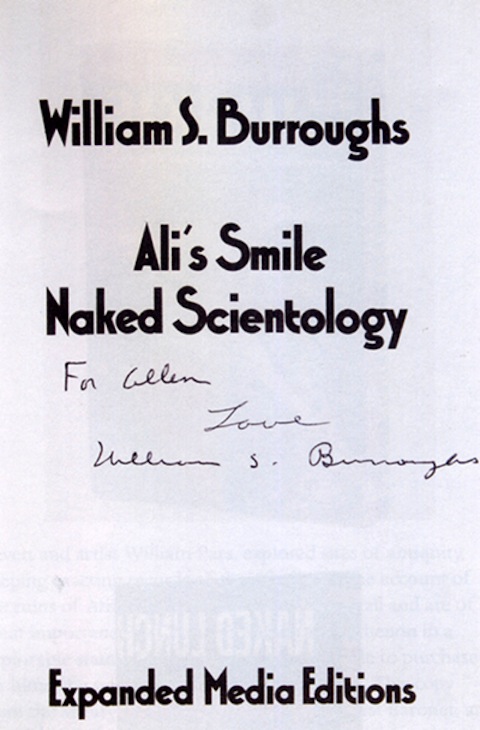When Dire Straits frontman Mark Knopfler was a kid growing up in Newcastle-Upon-Tyne, England, he dreamed about getting his own guitar. “I remember standing outside music stores with my nose pressed up against the glass, just staring at those electric guitars,” he told People magazine in 1985. “I used to smell Fender catalogs, I wanted one so bad.” Knopfler eventually talked his father into buying him a Höfner Super Solid V2 guitar for £50. The only problem was, it didn’t come with an amplifier. “I didn’t have the nerve to ask poor old dad for an amp,” Knopfler says in the documentary above. “I blew up the family radio in fairly short order.”
Knopfler tells the story of that first guitar and five others that shaped his career in this fascinating 45-minute documentary that aired in Britain last October on the Sky Arts television channel. Guitar Stories: Mark Knopfler is hosted by Knopfler’s friend and co-founder of Dire Straits, bassist John Illsley. The film offers a number of insights into Knopfler’s music and the key instruments that influenced his evolving style.
From the opening scenes at a music shop in Newcastle’s Central Arcade, where the young Knopfler spent hours staring at guitars through windows, Illsley and Knopfler move on to the city of Leeds, where Knopfler once worked as a junior reporter for the Yorkshire Evening Post. There they meet up with his longtime friend and mentor Steve Phillips, a member of Knopfler’s post-Dire Straits band The Notting Hillbillies. An aficionado of the Delta Blues, Phillips introduced the young Knopfler to the distinctive sound of “resonator” acoustic guitars.
Although it wasn’t the first resonator guitar he ever owned, Knopfler chooses as his second key guitar a 1937 National Style “O” guitar he bought from Phillips in 1978. The distinctive nickel-plated brass guitar, with its palm tree etchings around the edges and on the back, was featured on the cover of Dire Straits’ bestselling 1985 album Brothers in Arms, and was used for some of the band’s best songs. At one point in the film, Knopfler picks up the National and demonstrates how he hit on the famous arpeggio lines in “Romeo and Juliet,” from the Making Movies album, while experimenting with an open G tuning.
From Leeds, Illsley and Knopfler travel to the location of the original Pathway Studios in London, where they recorded their 1978 debut album, Dire Straits. Knopfler picks up his third key guitar, a 1961 Fender Stratocaster, and plays a few notes from the band’s breakthrough song, “Sultans of Swing.” The Stratocaster was the guitar Knopfler had always wanted, but as his music progressed he sought to diversify his sound. Knopfler’s fourth key guitar, which he played on Brothers in Arms, is a sunburst 1958 Gibson Les Paul. In one particularly interesting moment in the film, Knopfler explains how he came up with the distinctive guitar sound for the hit song “Money for Nothing” by playing the Les Paul through a static, partly depressed wah-wah pedal.
While touring with Dire Straits, Knopfler found it difficult to constantly change back and forth between guitars, so he decided to look for a single guitar that could produce a variety of sounds. To explain what happened next, Knopfler and Illsley travel to the SoHo neighborhood of New York, where they pay a visit to Rudy’s Music on Broome Street and talk to the proprietor, Knopfler’s longtime friend Rudy Pensa, who has built custom guitars since 1982. Knopfler and Pensa describe their collaboration on the design of Knopfler’s fifth key guitar, the Pensa MK‑1, which he played during his final years with Dire Straits.
The film ends with a visit to the Long Island workshop of master luthier John Monteleone. In 2008 Monteleone built the sixth key guitar in Knopfler’s life, the acoustic “Isabella” archtop, named after Knopfler’s eldest daughter. Knopfler was so inspired by Monteleone’s craftsmanship that he wrote a song called “Monteleone” for his 2009 solo album, Get Lucky. The song speaks eloquently of Knopfler’s admiration of Monteleone and, between the lines perhaps, of his lifelong love affair with guitars:
via MetaFilter
Related content:
Eric Clapton Tries Out Guitars at Home and Talks About the Beatles, Cream, and His Musical Roots
